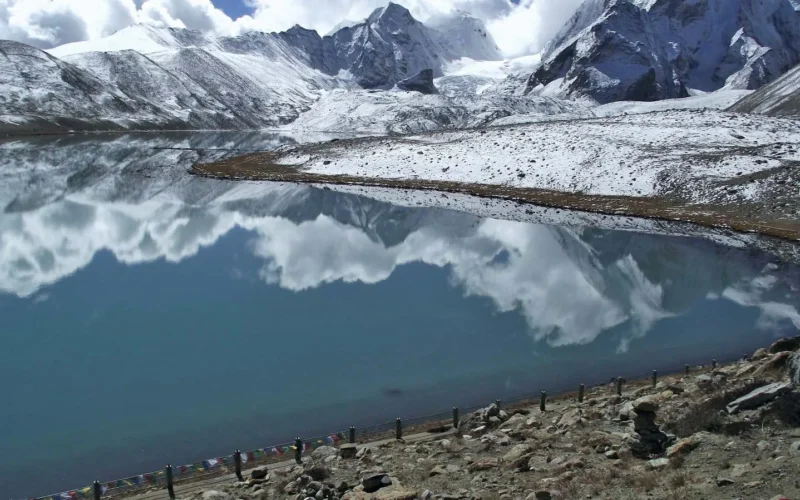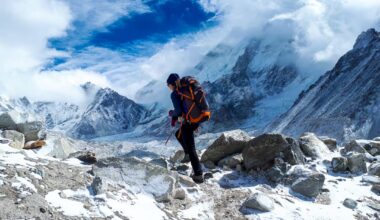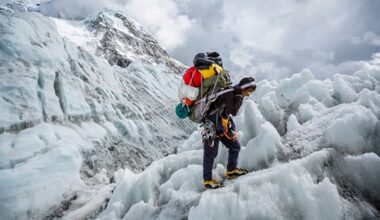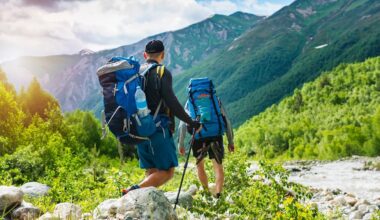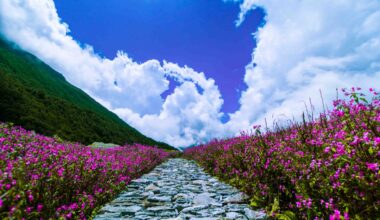The Sikkim Himalaya is a hidden gem for adventure seekers, trekkers, and travellers who wish to experience the raw beauty of the Eastern Himalayas. Blessed with snow-capped peaks, crystal-clear lakes, lush valleys, and vibrant monasteries, Sikkim offers some of the most enchanting trekking routes in India.
In this blog, we’ll explore the highlights of the Sikkim Himalaya, popular treks, travel tips, and everything you need to plan your journey.
Why Choose the Sikkim Himalaya?
Sikkim, tucked away in India’s northeast, is home to Mount Kanchenjunga (8,586 m), the third highest peak in the world. The region is not just about mountains—it’s a blend of Buddhist culture, alpine forests, rhododendron blooms, and remote high-altitude trails.
For trekkers, the Sikkim Himalaya offers routes that range from beginner-friendly hikes to challenging expeditions that test endurance and skill.
Top Trekking Routes in the Sikkim Himalaya
1. Goecha La Trek
One of the most popular treks, Goecha La provides breathtaking views of Kanchenjunga and other peaks. The trail takes you through rhododendron forests, alpine meadows, and high-altitude lakes.
Highlights: Viewpoints like Dzongri, Samiti Lake, and Kanchenjunga’s sunrise.
2. Dzongri Trek
Short but rewarding, the Dzongri Trek is perfect for those who want a 5–6 day Himalayan adventure. It offers panoramic views of Kanchenjunga, Kabru, and Pandim peaks.
Best Season: April–June and September–November.
3. Singalila Ridge Trek
This trek runs along the India-Nepal border, offering majestic Himalayan vistas. You’ll witness peaks from Everest to Kanchenjunga in one sweeping view.
Unique Experience: Walking through tea estates, rhododendron valleys, and remote villages.
4. Kanchenjunga Base Camp Trek
For seasoned trekkers, this is the ultimate Sikkim Himalayan adventure. The route takes you deep into the wilderness, ending at the base of the world’s third-highest mountain.
Duration: 12–15 days
Difficulty: Challenging
Best Time to Visit the Sikkim Himalaya
- Spring (March–May): Rhododendrons and orchids in bloom.
- Autumn (September–November): Clear skies and best mountain views.
- Winter (December–February): Snow treks (only for experienced trekkers).
- Monsoon (June–August): Not recommended due to landslides and heavy rainfall.
Travel Tips for Trekking in Sikkim Himalaya
- Permits: Foreigners need permits for trekking in restricted areas. Indian citizens also require passes for certain zones.
- Fitness: High-altitude treks demand good physical preparation.
- Guides & Porters: Hiring local guides not only supports the community but also ensures safety.
- Packing Essentials: Carry layered clothing, trekking boots, sleeping bag, and medical kit.
Exploring Beyond Trekking
While trekking is the highlight, the Sikkim Himalaya has much more:
- Monasteries: Rumtek, Pemayangtse, and Tashiding.
- Lakes: Tsomgo Lake, Gurudongmar Lake, and Samiti Lake.
- Cultural Festivals: Losar, Saga Dawa, and Pang Lhabsol.
If you are planning your next Himalayan trekking adventure, check out more trekking inspirations and guides at Trekking Search. They provide detailed trekking routes, travel itineraries, and helpful resources to make your journey smooth.
You can also explore more about treks like Goecha La and Dzongri on Trekking Search to prepare your complete travel plan.
Final Thoughts
The Sikkim Himalaya is a dreamland for every trekker and traveller. Whether you’re chasing the sunrise over Kanchenjunga, walking through blooming rhododendrons, or soaking in the culture of remote villages, the experience is unforgettable.
If adventure, peace, and stunning landscapes are what you seek, then Sikkim should definitely be on your bucket list.
